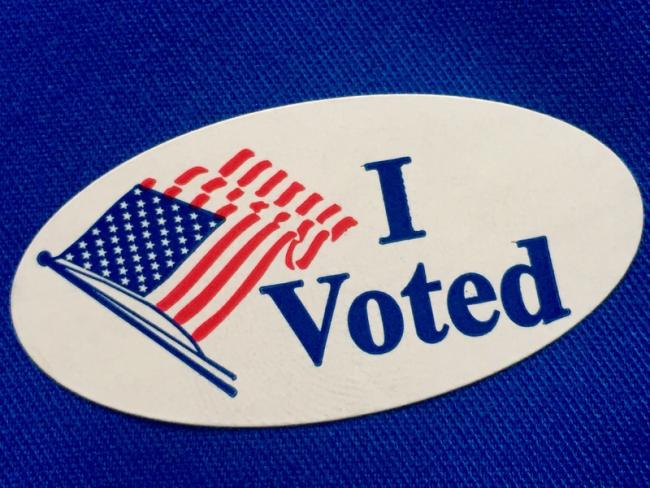1. Voting Campaigns



When I started looking for a civic artifact to discuss, I thought I could analyze one of the hallmarks of American civics: voting. So, I compiled several artifacts ranging from patriotic propaganda to business campaigns and US commonplaces.
The Nike “You Can’t Stop Our Voice” slogan intrigued me because of its simple design and appeal tactics. Like many of their advertisements, the film features world-renowned athletes that call to Nike’s widespread and diverse audience. Furthermore, by encouraging civic engagement through voting, Nike rebrands itself as a brand of society – a brand that focuses on the betterment of communities as a whole and equal rights for all. While millions of people already enjoy Nike’s shoe and clothing designs, this campaign increases the brand’s credibility by advocating for human rights, which nearly every person supports.
Although I am particularly interested in the Nike “You Can’t Stop Our Voice” advertising campaign, I am still struggling to find another artifact that focuses on voting and appeals to me. It would be interesting to view how another brand uses voting rights as a means of gaining ethos or to analyze how rhetorical situations can alter voting campaigns across different decades.
2. Abortion Rights Movement
NARAL Pro-Choice America Announces Six-Figure Ad Buy as Part of New Campaign in Key States
Secondly, I looked into women’s rights activism as another broad topic for my civic artifact analysis because it is a topic that directly impacts me. I narrowed the discussion to abortion rights because the event is relevant, especially with the state elections coming up in November.
Particularly, I would discuss the valedictorian speech as my primary artifact because it incorporates many elements for strong, rhetorical analysis. Shortly after her delivering the speech, Smith’s words, “there is a war on my body and a war on my rights,” went viral, making her one of the most influential speakers of the abortion rights movement. Additionally, Texas is at the heart of the fight against abortion rights; the location and timing of the graduation speech build a complex rhetorical situation, which provides the opportunity for complex analysis.
As for my analysis essay, I will most likely discuss the rhetoric of the NARAL Pro-Choice advertisement. While both NARAL and Smith encourage Americans to fight for their abortion rights, each has its own ethos, which alters the development of their respective arguments. Overall, this topic speaks to me because of its relevance and urgency in the present day. I think both of the artifacts combine many elements of rhetoric that make them appeal to the American public.
3. Climate Change Debate

:format(png)/cdn.vox-cdn.com/uploads/chorus_image/image/55052535/Screenshot_2017_06_01_16.34.32.0.png)
Finally, I know that climate change is a relevant and passionate debate on social media. Particularly, Greta Thunberg and Donald Trump have gained international recognition for their polarizing and heated arguments on the internet.
On one end of the debate, Donald Trump, as the former president of the United States, uses his position of power for leverage. With short and direct quotes, Donald Trump easily reaches millions of followers overnight. He is a master of Kairos, responding immediately to the events that concern him.
On the other hand, Greta Thunberg is a champion of pathos. In her speech to world leaders, Greta takes advantage of her young age and vulnerability to build urgency.
Ultimately, both speakers captured the world’s attention with powerful word choice, urgent response to the rhetorical situation, and a thorough understanding of their audience. Both artifacts have so much room for analysis, and I think they would both make a great rhetorical analysis speech.
All these are great ideas. You seem to have a great handle on the assignment. Now it’s just a matter of personal choice!